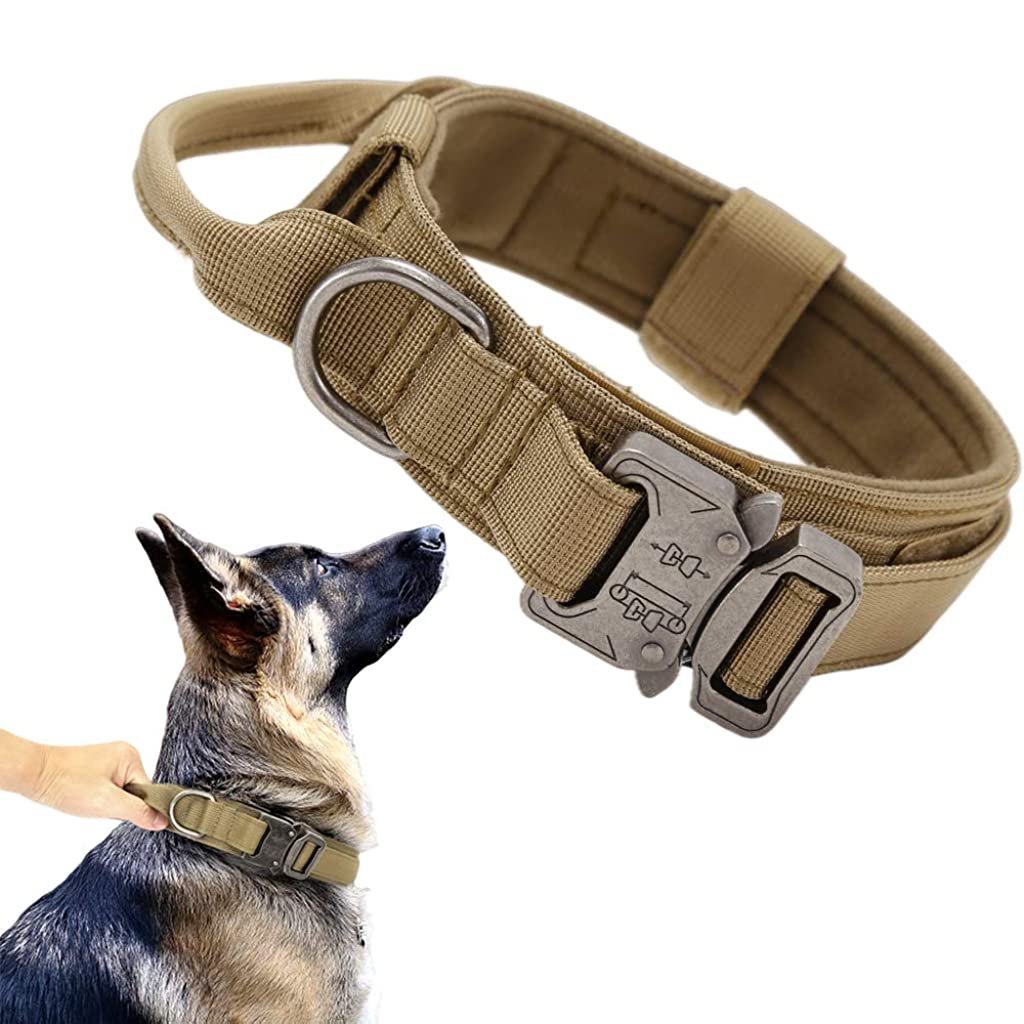
Collar Chronicles: Choosing the Right Dog Training Gear
Having a well-behaved dog is a top priority for many dog owners. However, training your furry friend to obey your commands can be a daunting task. Fortunately, dog training collars can make the process a bit easier. From bark collars to remote training collars, there are many options available on the market. In this article, we’ll explore different types of dog training collars and help you find the one that best suits your needs.
First, let’s look at the most common type of dog training collar, the shock collar. Shock collars, also known as e-collars, administer a mild electric shock to your dog’s neck when they engage in undesirable behavior. It’s important to note that shocks should be used sparingly and only as a last resort. Shock collars are best suited for stubborn dogs that require a more assertive form of discipline.
Next, let’s discuss bark collars. As the name suggests, bark collars are used to reduce or eliminate excessive barking. Bark collars can either emit a mild shock or a high-pitched noise that interrupts the dog’s barking. Some bark collars also incorporate vibration or spray functions. Bark collars are best suited for smaller dogs that live in close proximity to neighbors or in apartments.
Thirdly, we have remote training collars. Remote collars consist of a transmitter and a collar that the dog wears. The transmitter sends a signal to the collar when the dog engages in unwanted behavior and administers a vibration or a mild shock. The remote can also be used to reward good behavior with a treat. Remote training collars are best suited for dogs that require consistent, ongoing training.
Another type of dog training collar is the head collar. Head collars work similarly to horse halters and fit over your dog’s nose. When your dog pulls, the collar gently pulls their head down, which discourages pulling and jumping. Head collars are best suited for large, strong dogs that require extra control when walking.
Finally, we have the citronella collar. The citronella collar functions by spraying a mist of citronella into the air when your dog barks. Dogs do not like the smell of citronella and will eventually associate barking with the unpleasant scent. Citronella collars are best suited for dogs with excessive barking habits.
Conclusion:
dog training collar can be a helpful tool in training your dog. However, it’s essential to remember that these collars are not a substitute for proper training methods that include positive reinforcement and consistency. When choosing a dog training collar, consider your needs, your dog’s temperament, and consult with a professional trainer if necessary. With time, patience, and the right collar, you can teach your furry friend good behavior habits they will carry for a lifetime.




